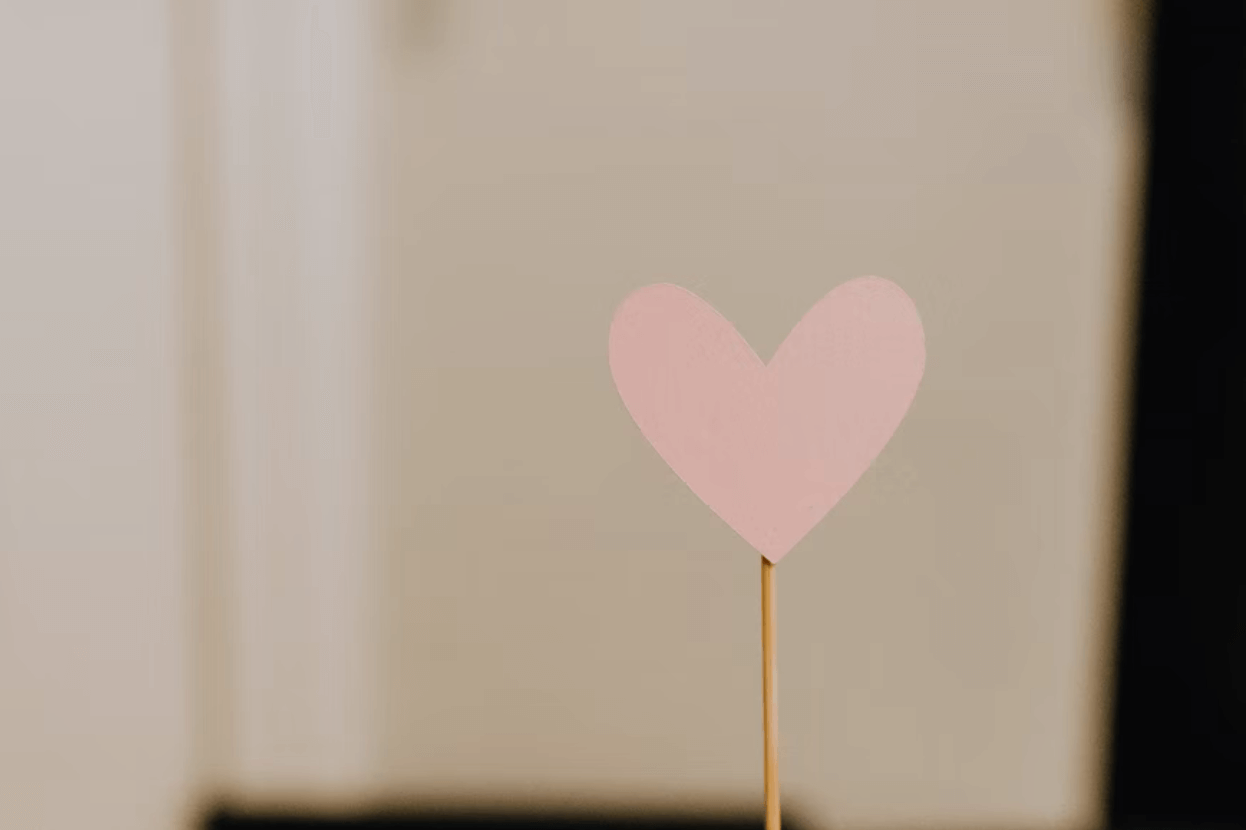When one speaks of chakras, they are generally referring to the seven main energy centers in the human body. These chakras correspond to many areas of the body and mind- from organs to mental states. The word itself means wheel or disk in Sanskrit. This language has been traced back to 2500 BC when its written form was used as part of Yoga philosophy. The chakra system or energy map is a unique and complex system, and through many years of research and development, we now have a general consensus as to what each area symbolizes and how this affects our mental and physical bodies. Here are the seven chakras and their meaning.
Root Chakra (Muladhara)
This is your connection to the earth. It is what keeps you grounded and what helps you feel safe in the world, which is a vital part of everyone’s healthy life. If there are any holes in this chakra, it can lead to confusion about what the purpose of life is or may cause you to be unmotivated. This can also cause issues with your lower back. This Chakra is what guides you to what feels safe and what doesn’t. It is what keeps you from taking unnecessary risks.
The color associated with this chakra is red and it is located at the base of the spine. The main issues associated with this Chakra are a lack of motivation, instability, anxiety or fearfulness, lacking a feeling of safety in the world, and lower back pain. You can restore the natural energetic flow, using a chakra wand. If you’re asking yourself “what is a chakra wand?” well, a chakra wand is an energetic tool that can be used for chakra healing, chakra balancing, and chakra clearing. They are used to restore balance and heal the energy centers that may be stuck or overworked.
Sacral Chakra (Swadhisthana)
The Sacral Chakra is what you would call the sex center, and it’s what some people see as the second chakra. The first is what I call more physical energy, and what others may describe as being reproductive. This one deals with emotions like love, sensuality (which to me goes hand in hand with sexuality). The sacral chakra is what’s used to feel what you want in your life, what your fantasies are. The colors that represent this center are orange and pink. Orange for what it releases, which is created just like the Solar Plexus does with what you do every day, and pink for what I would describe as the feminine part of it all.
Solar Plexus Chakra (Manipura)
It is associated with the color yellow and this chakra relates to our ability to handle power. This is the 3rd most important chakra that plays an extremely vital role in our spiritual development. The Solar Plexus Chakra holds all of our psychological issues, including but not limited to: fear, anger, jealousy, cynicism, and so on. This chakra is clear and balanced: helps us to develop a strong sense of self, confidence, and independence. If this chakra is under-active we may feel victimized by external circumstances or other people around us, we may be needy or envious of what others have got.
Heart Chakra (Anahata)
The heart chakra, or Anahata, is located in the center of the chest along the spine. This chakra is related to touch and feel that are very intimate. It deals with love, compassion, kindness, and empathy. When this energy center is blocked or out of balance you may feel inhibited in your ability to give and receive love freely. As a result, you may feel more isolated and withdrawn from others. The Heart Chakra is associated with the color green, which is why it is often referred to as the heart chakra.

Throat Chakra (Vishuddha)
This is related to communication, creativity, and psychic abilities. When this chakra is balanced your creative energy will be at its peak. If it’s closed off you may have trouble expressing yourself or speaking up for yourself. You can open up the throat chakra by practicing yoga postures that open the neck, like cobra pose or bow pose. You can also try yoga breathing exercises like alternate nostril breathing to help balance your throat chakra.
Third-Eye Chakra (Ajna)
The third eye chakra is located in the center of the forehead and it deals with our mental connection to spirituality. This is where we develop intuition and clarity for decision-making. When this chakra is unbalanced, we may feel confused or overwhelmed by information overload, unable to integrate our thoughts and feelings, or we may repress creativity and psychic development. To balance this chakra, wear a stone that is blue or purple in colors such as amethyst or sapphire. Smoky quartz is also another good choice for balancing the third eye chakra. It assists with grounding and promotes intuition and insightfulness. You can place either of these stones on your third eye while meditating to activate your spirituality and psychic intuition.
Crown Chakra (Sahasrara)
The crown chakra is located at the top of the head. Its color is violet or white. Failure to open this chakra can cause mental problems, depression, hallucinations, and trance states. It adjusts the other six chakras by raising or lowering energy levels in them. The crown chakra is located at the top of the head. Its color is violet or white. Failure to open this chakra can cause mental problems, depression, hallucinations, and trance states. It adjusts the other six chakras by raising or lowering energy levels in them.
The Chakras are basically energy centers in our body. There is an intricate system of chakras and nadis (subtle nerve channels) along the spine and throughout the body. These work together to govern the flow of ‘prana’ or life force which controls all aspects of health within the mind, body, and spirit. Therefore, the energy system plays a vital role in holistic health. Not only can we work on our own chakras and nadis to improve energetic flow, but we can also consult an experienced chakra healer who can balance or unblock them through a variety of techniques including massage, acupressure, acupuncture, and other similar techniques.




